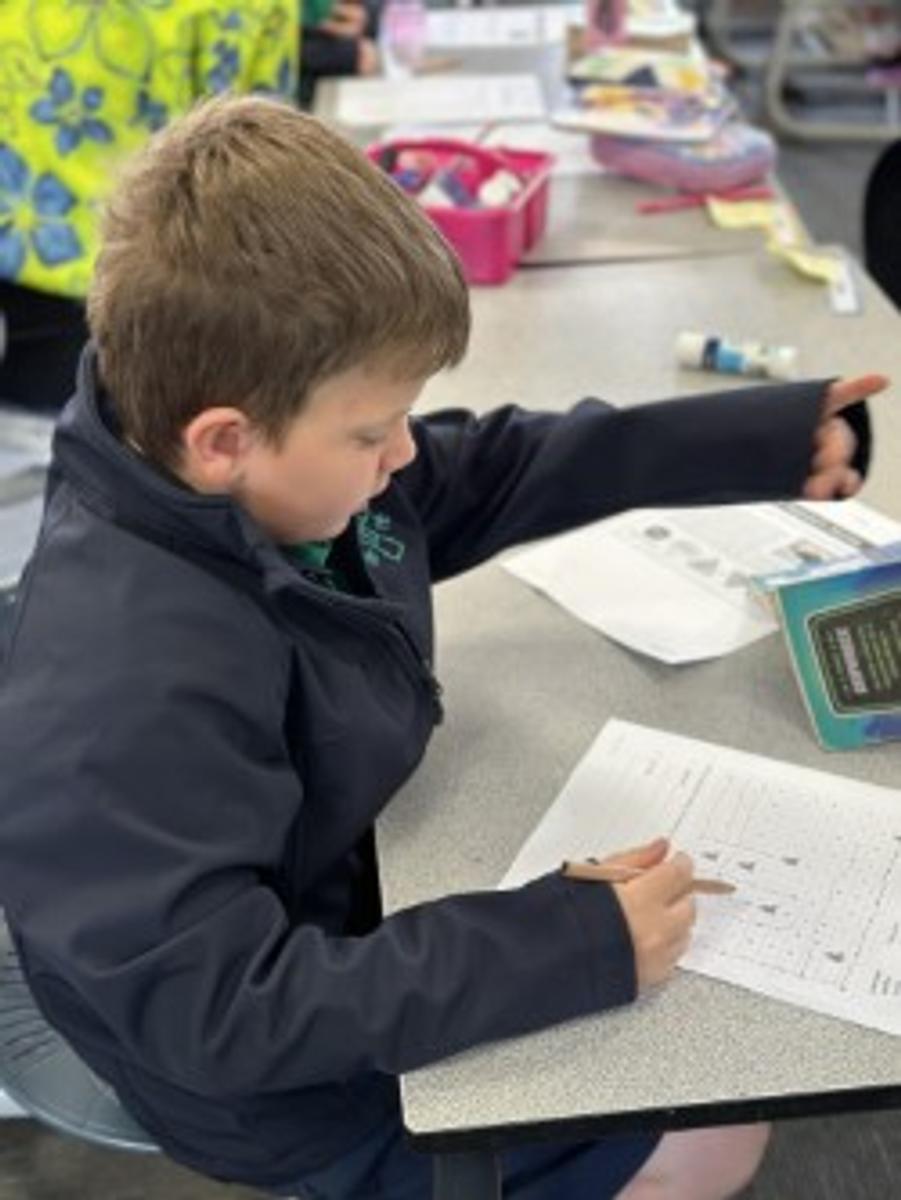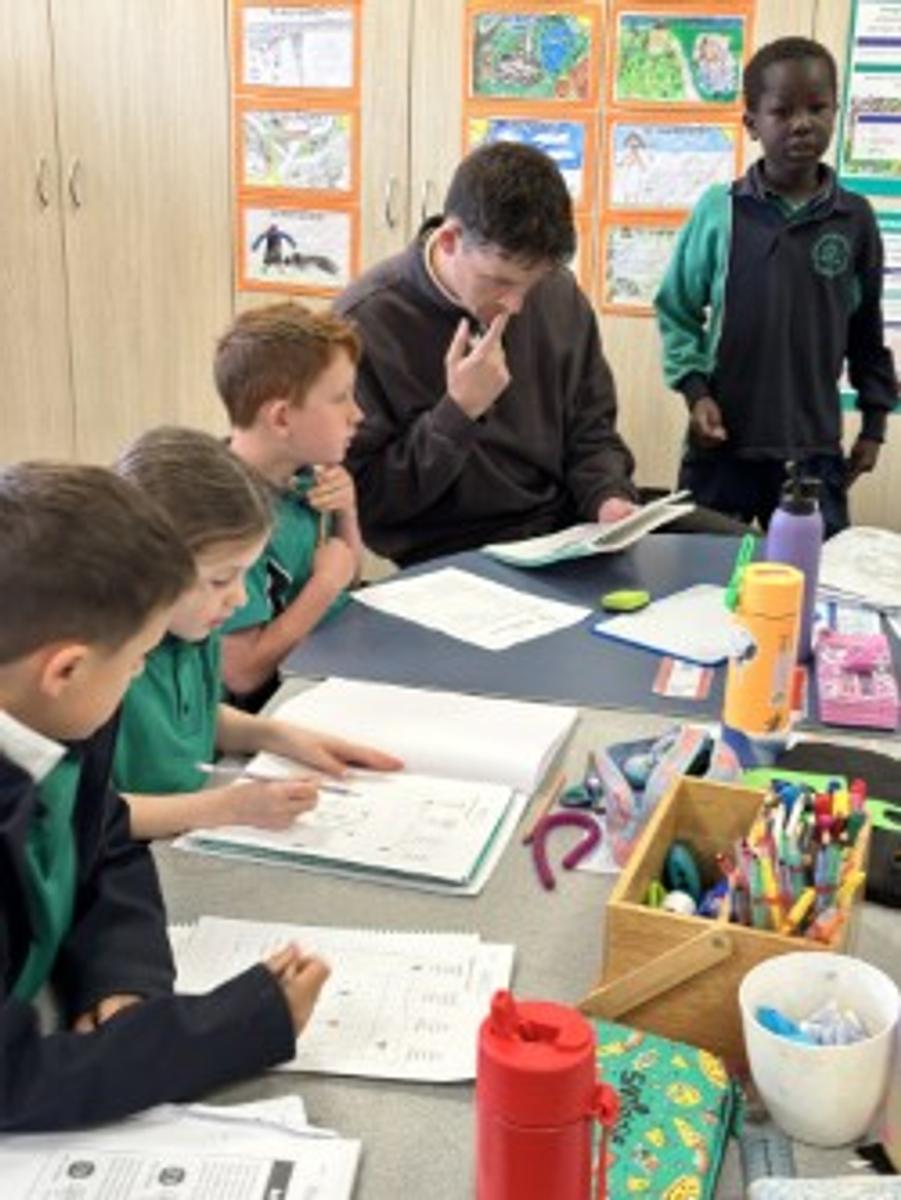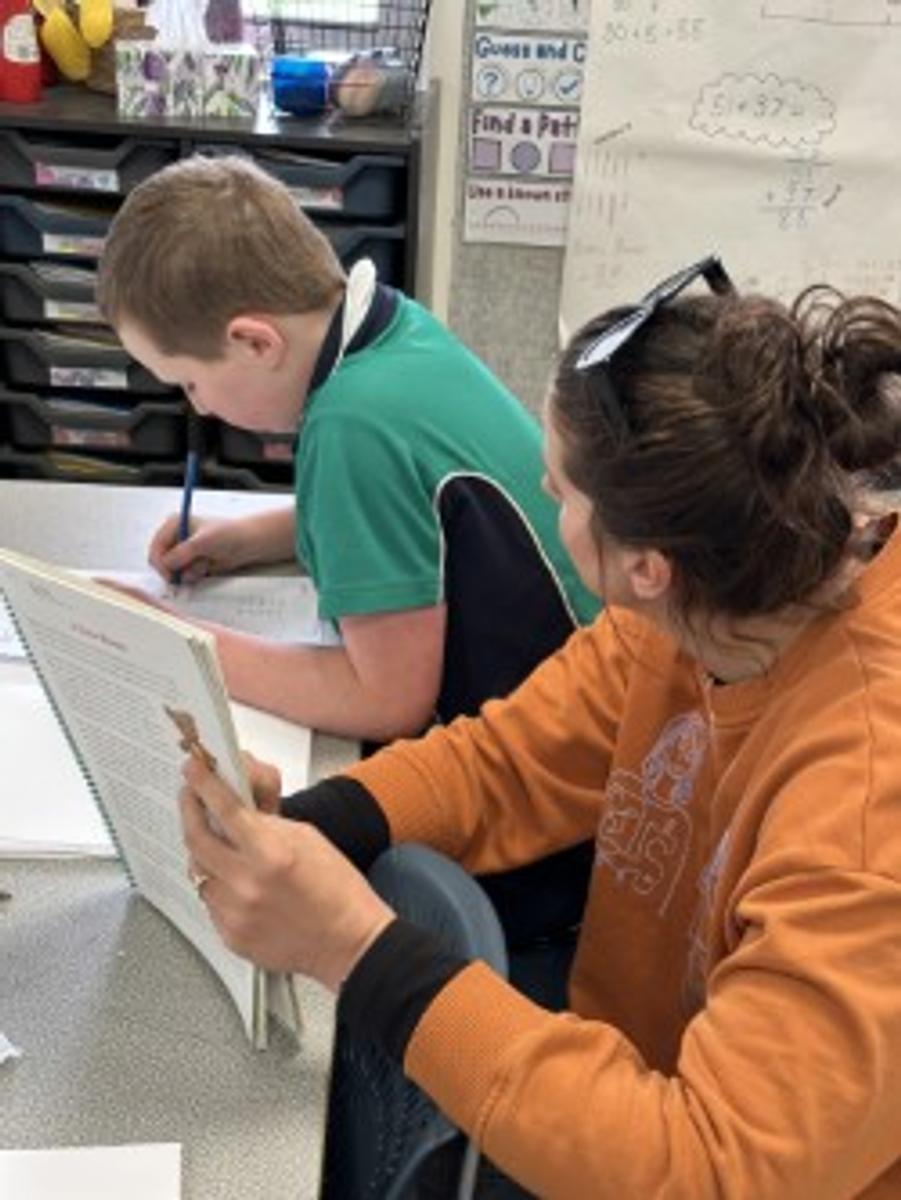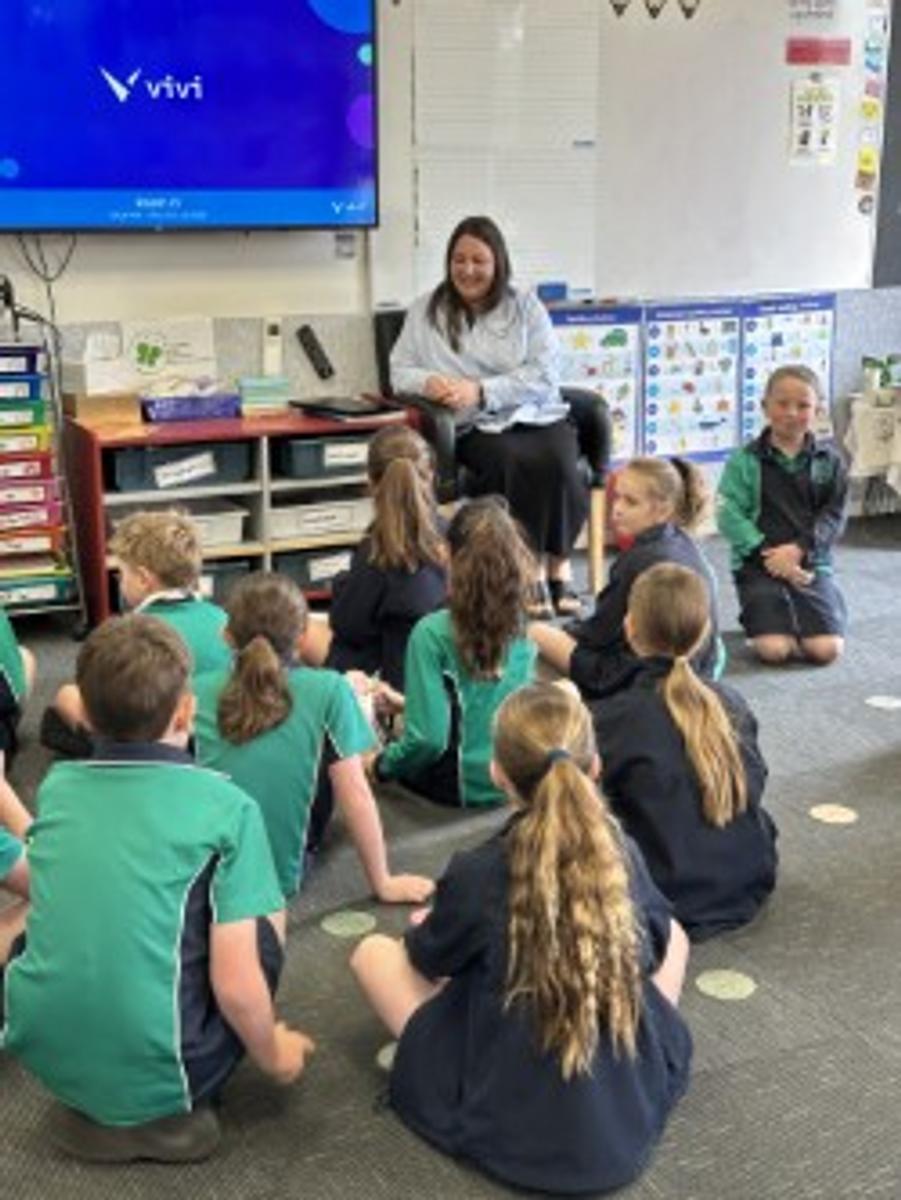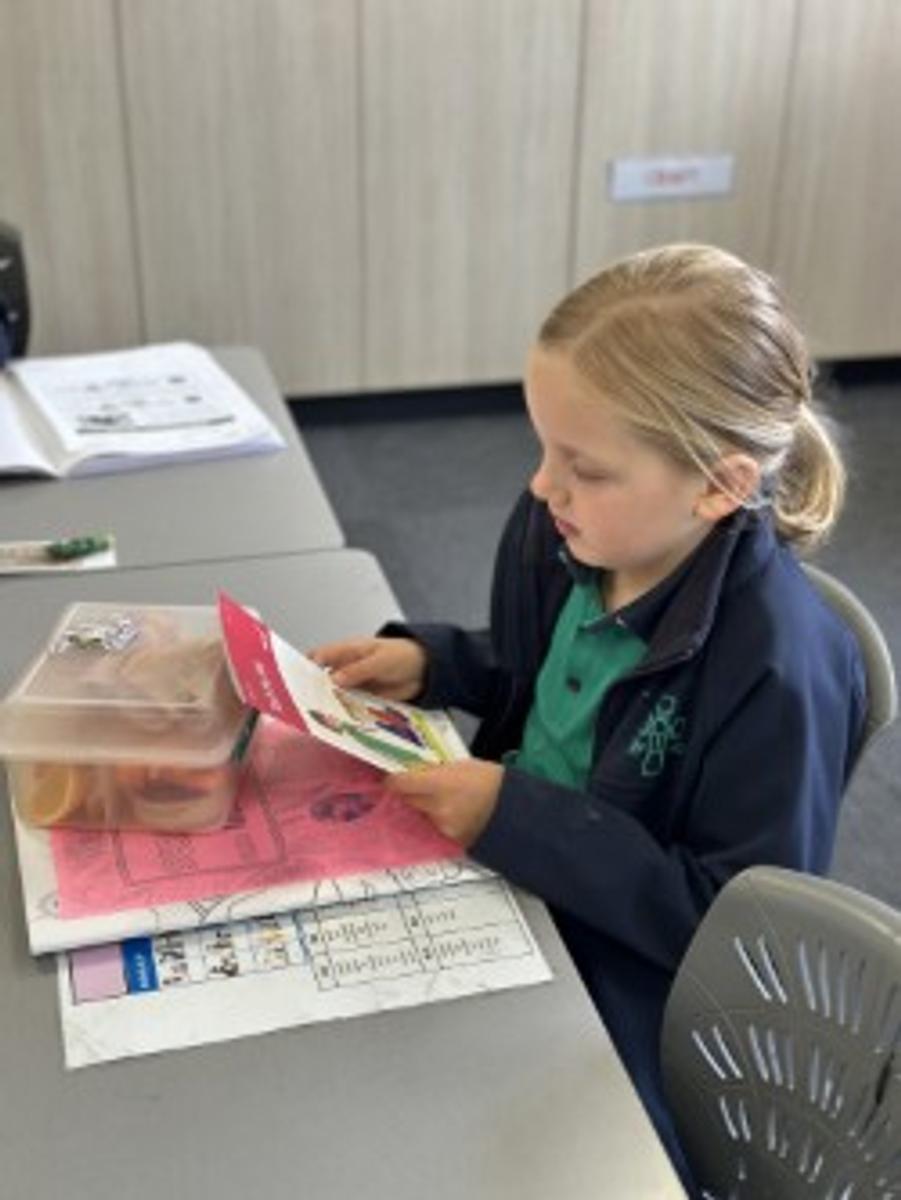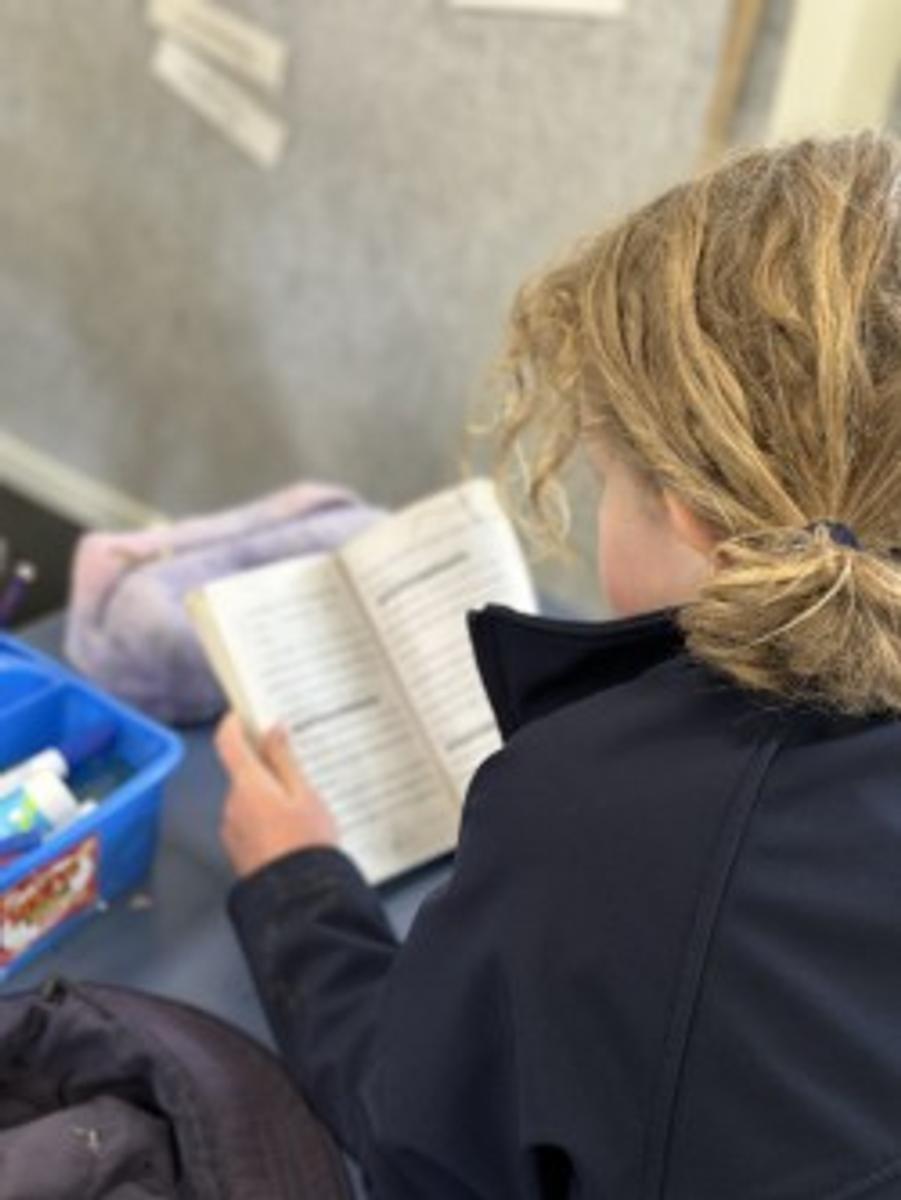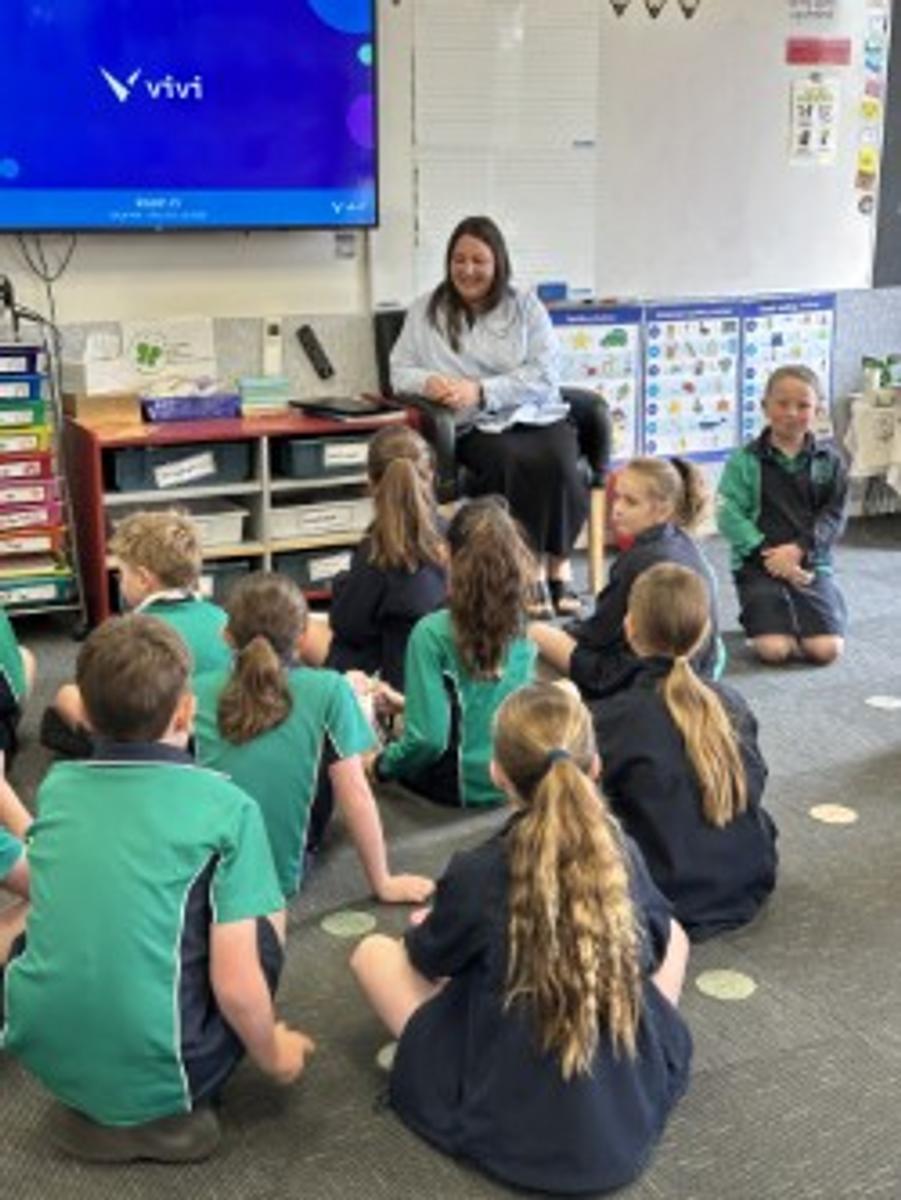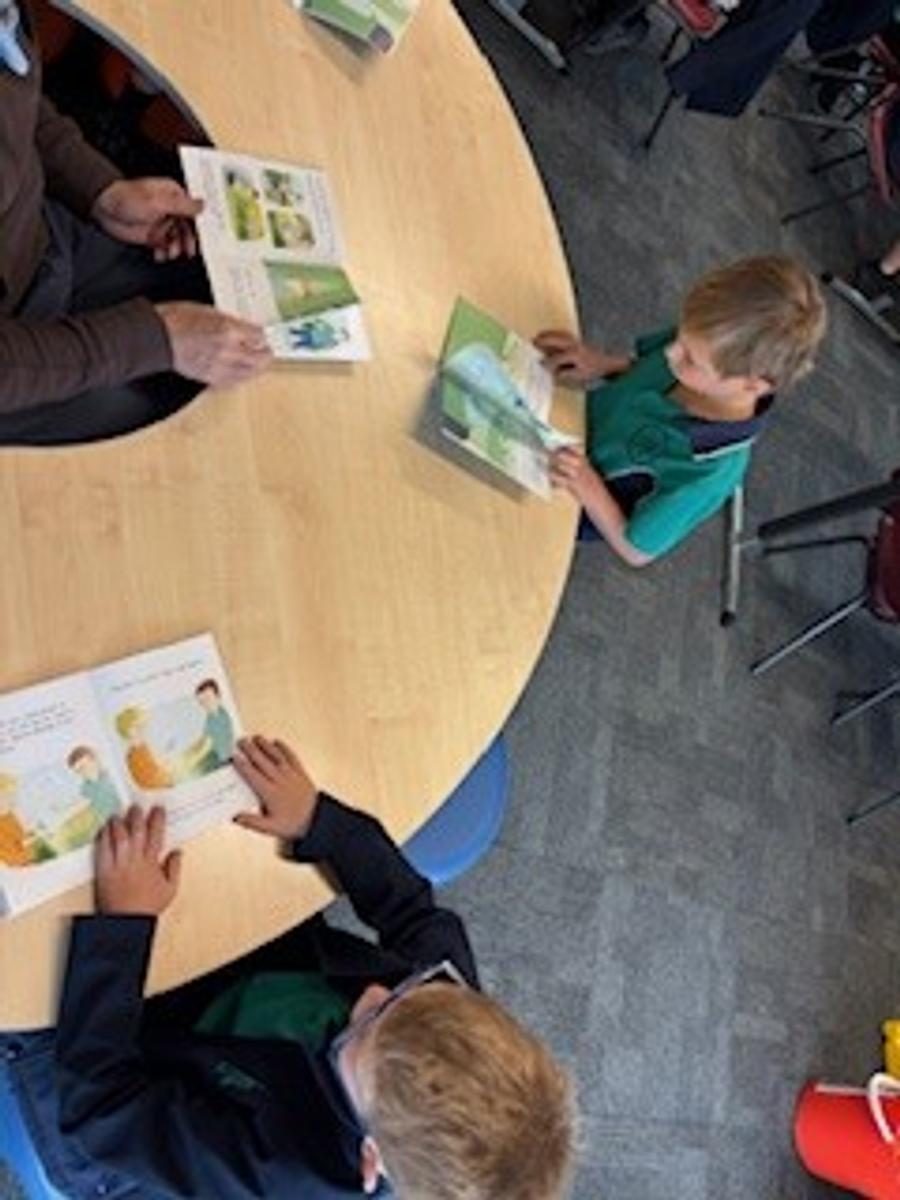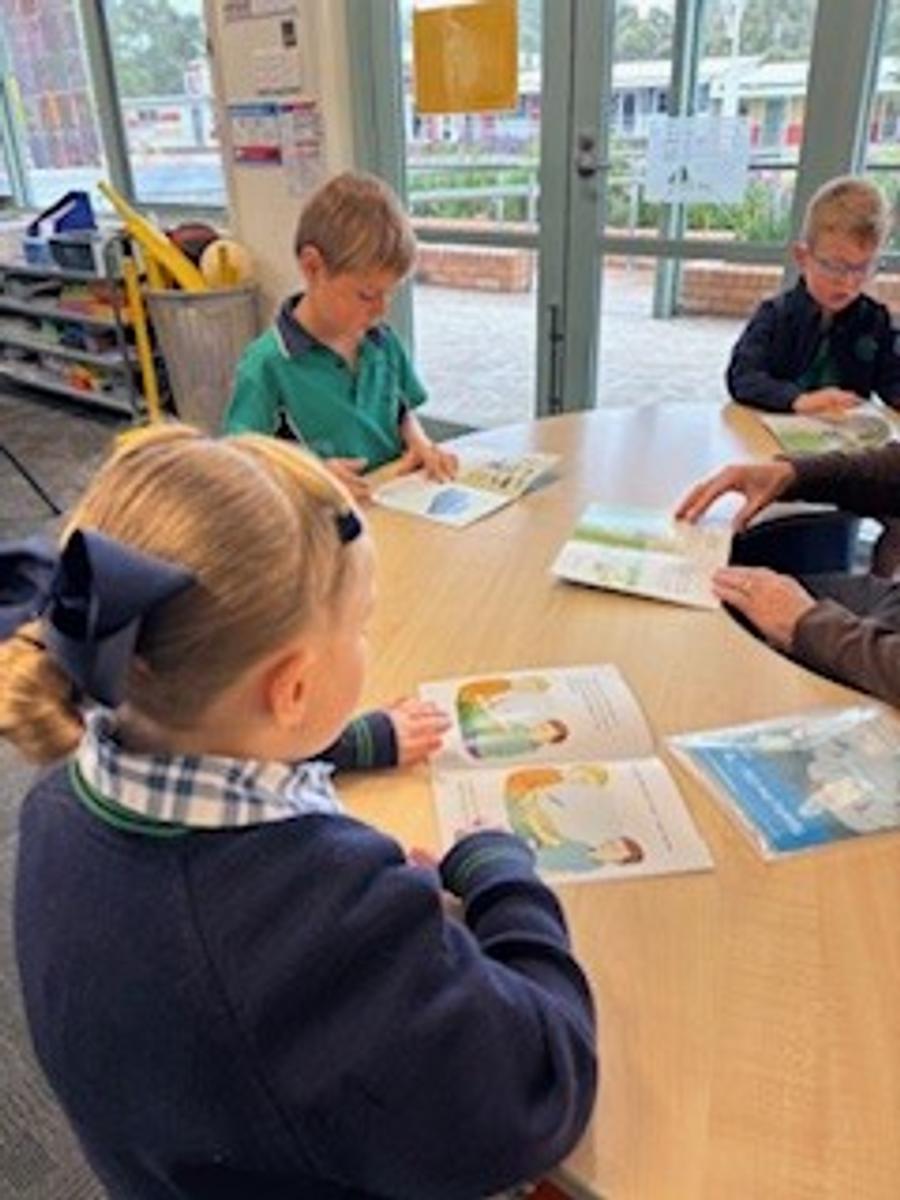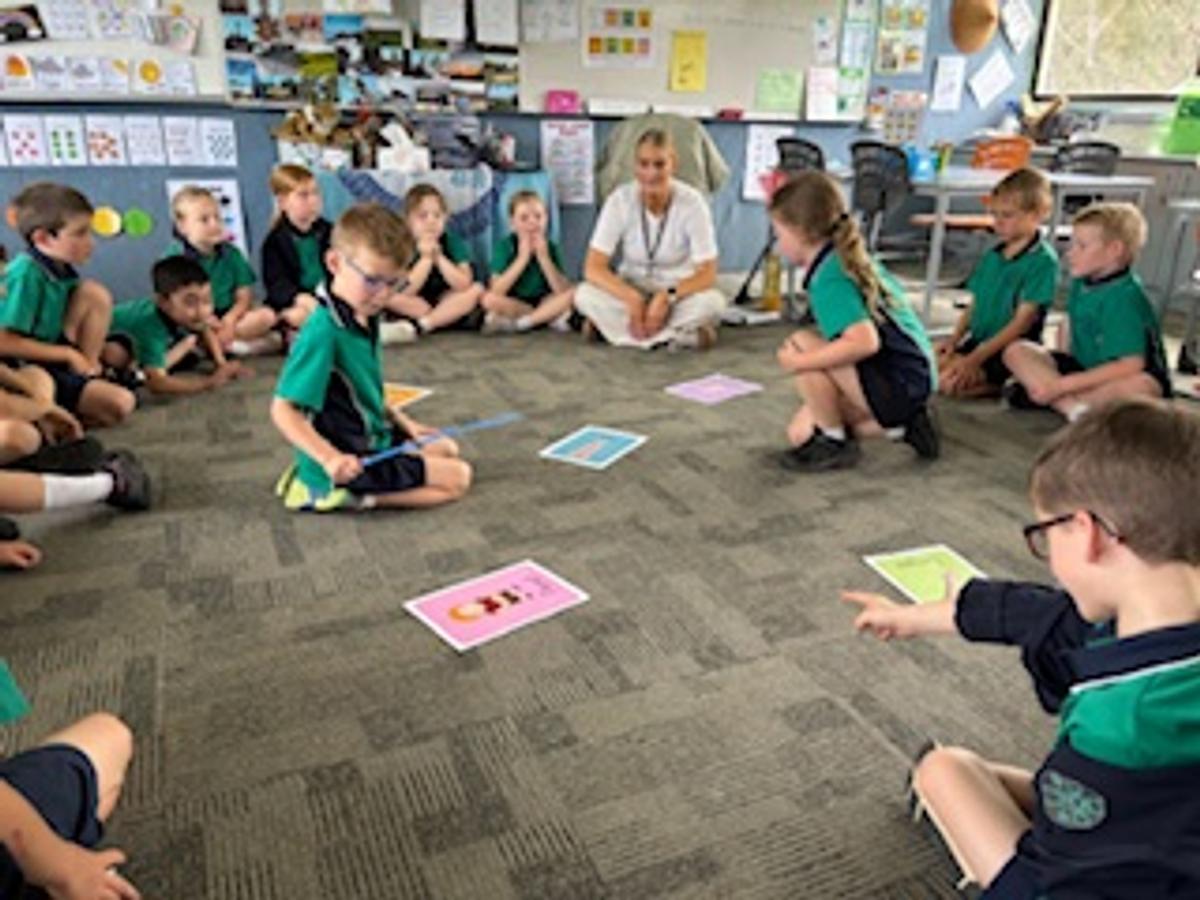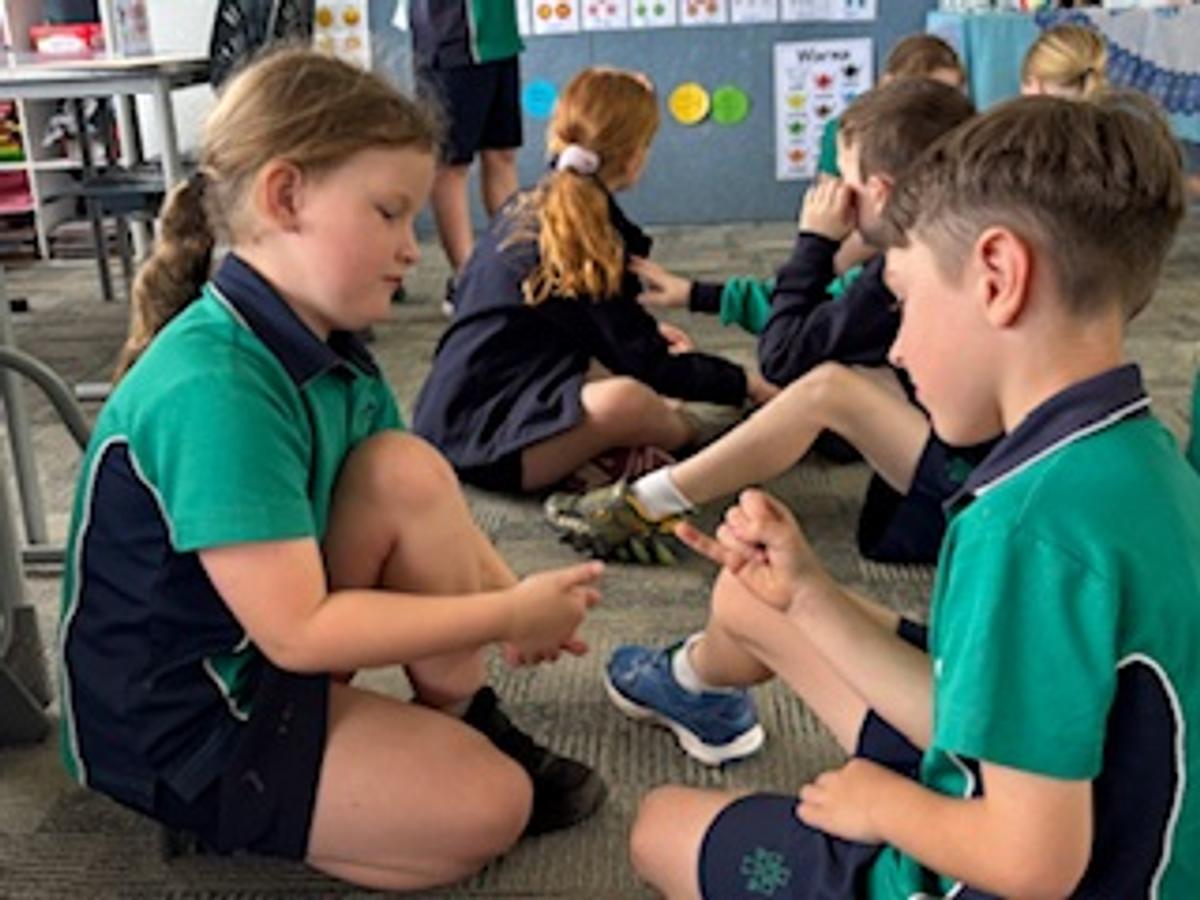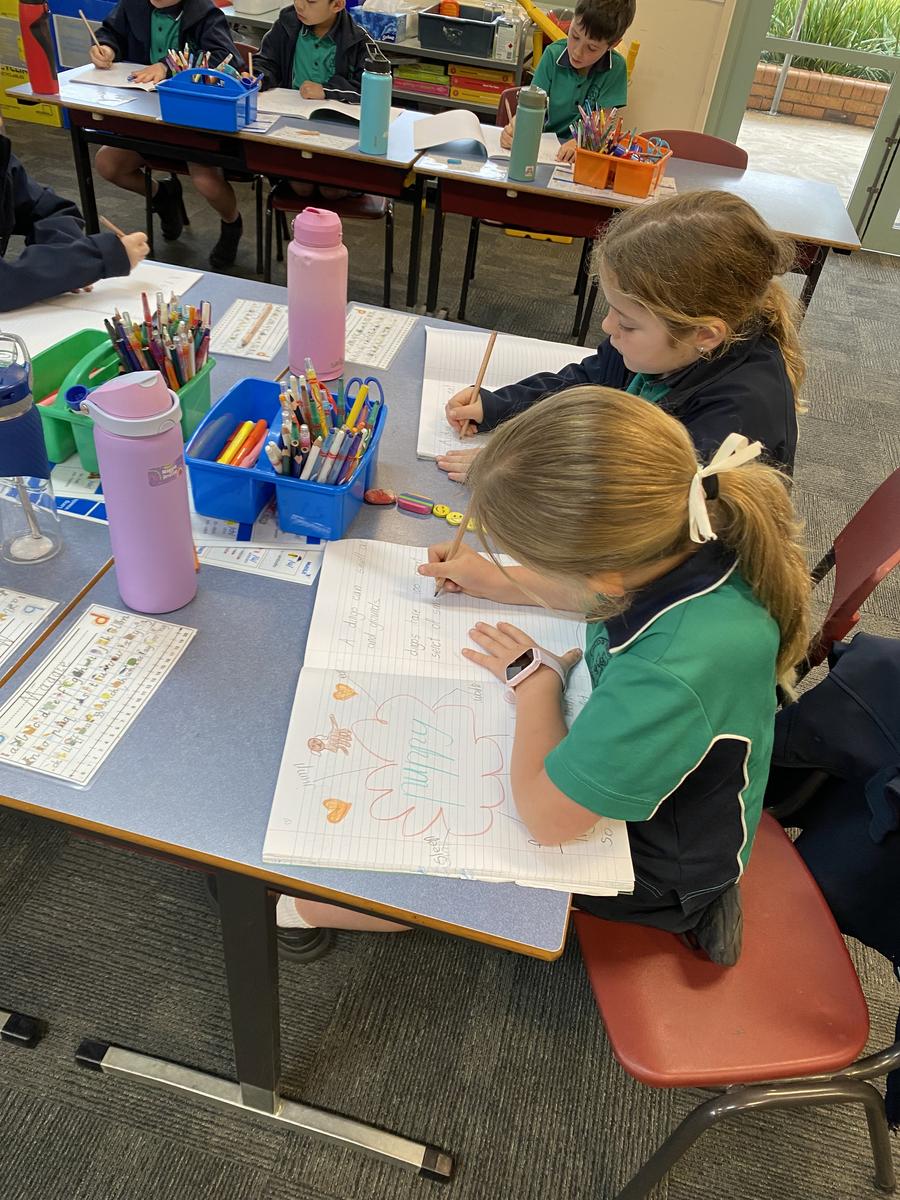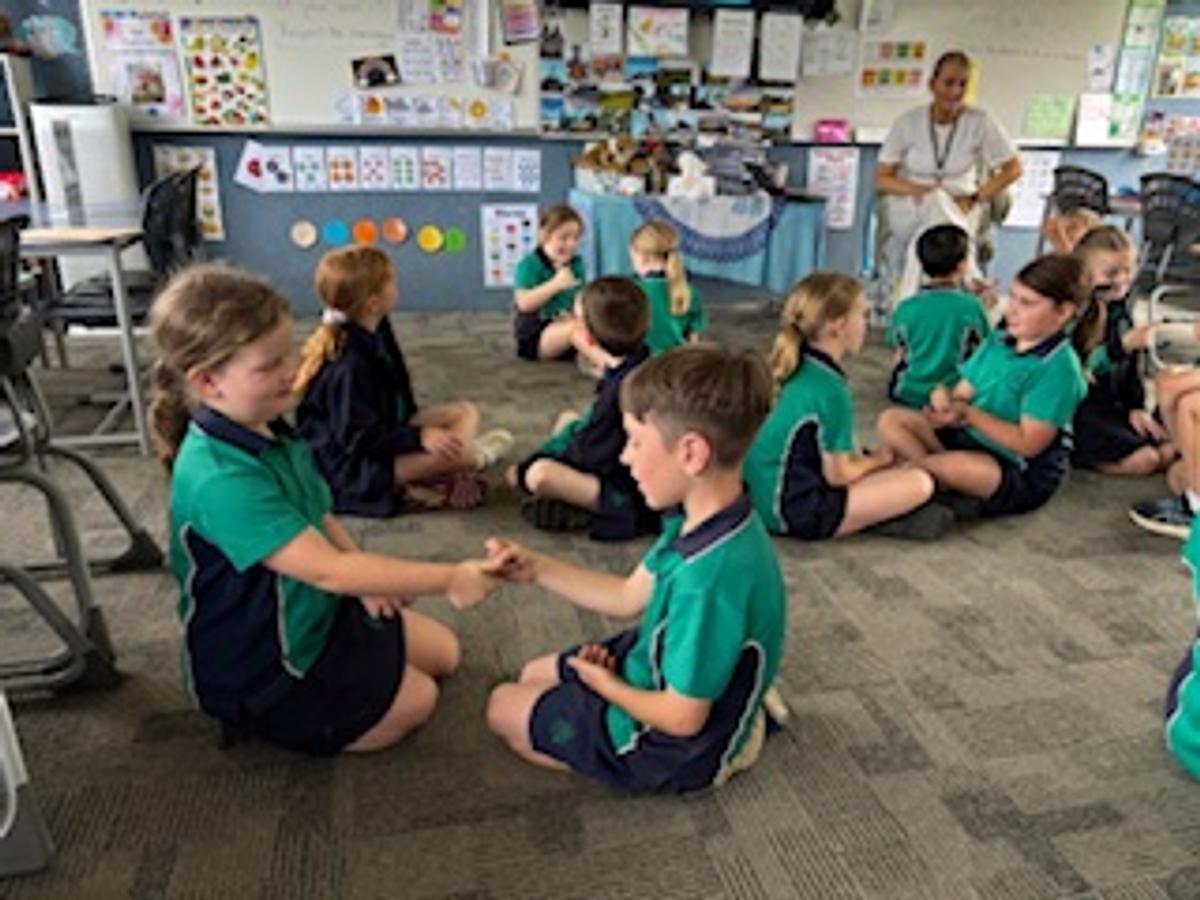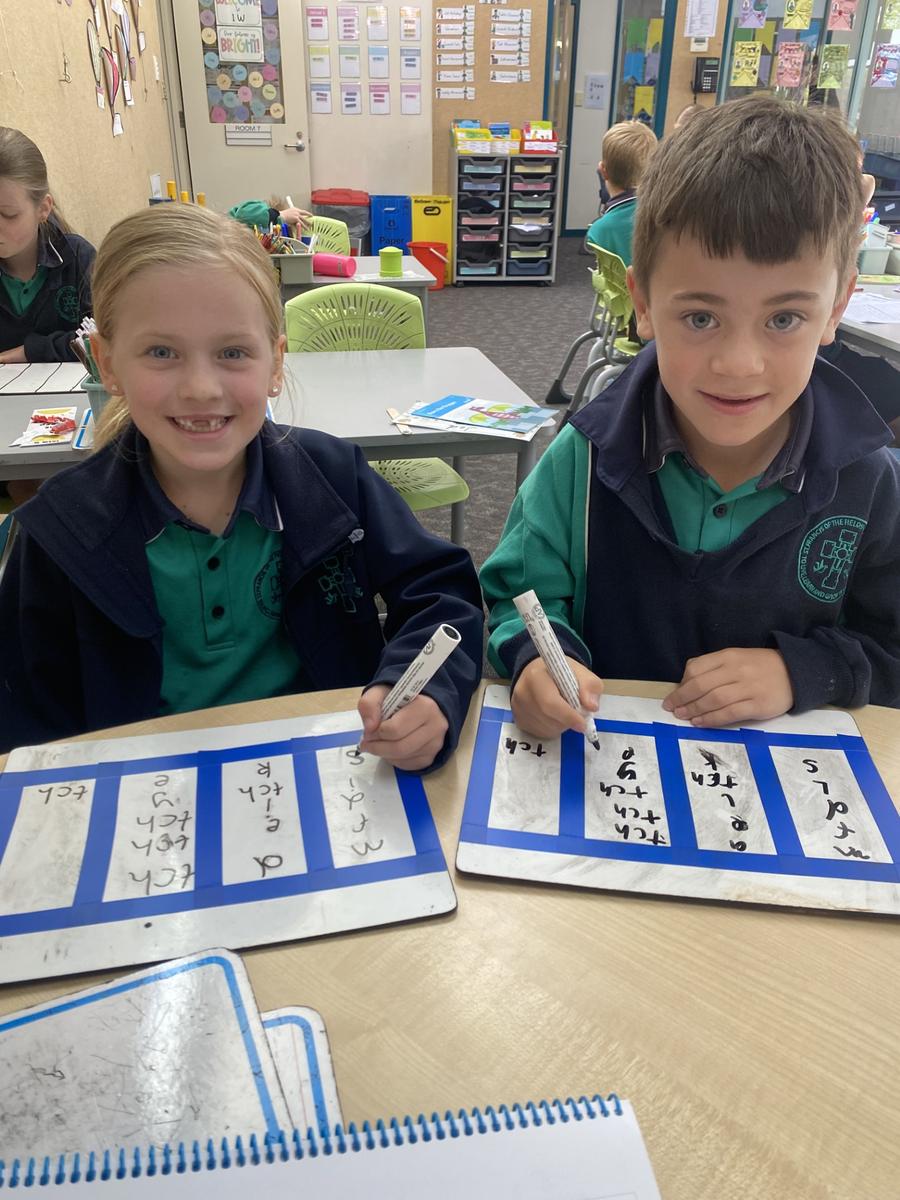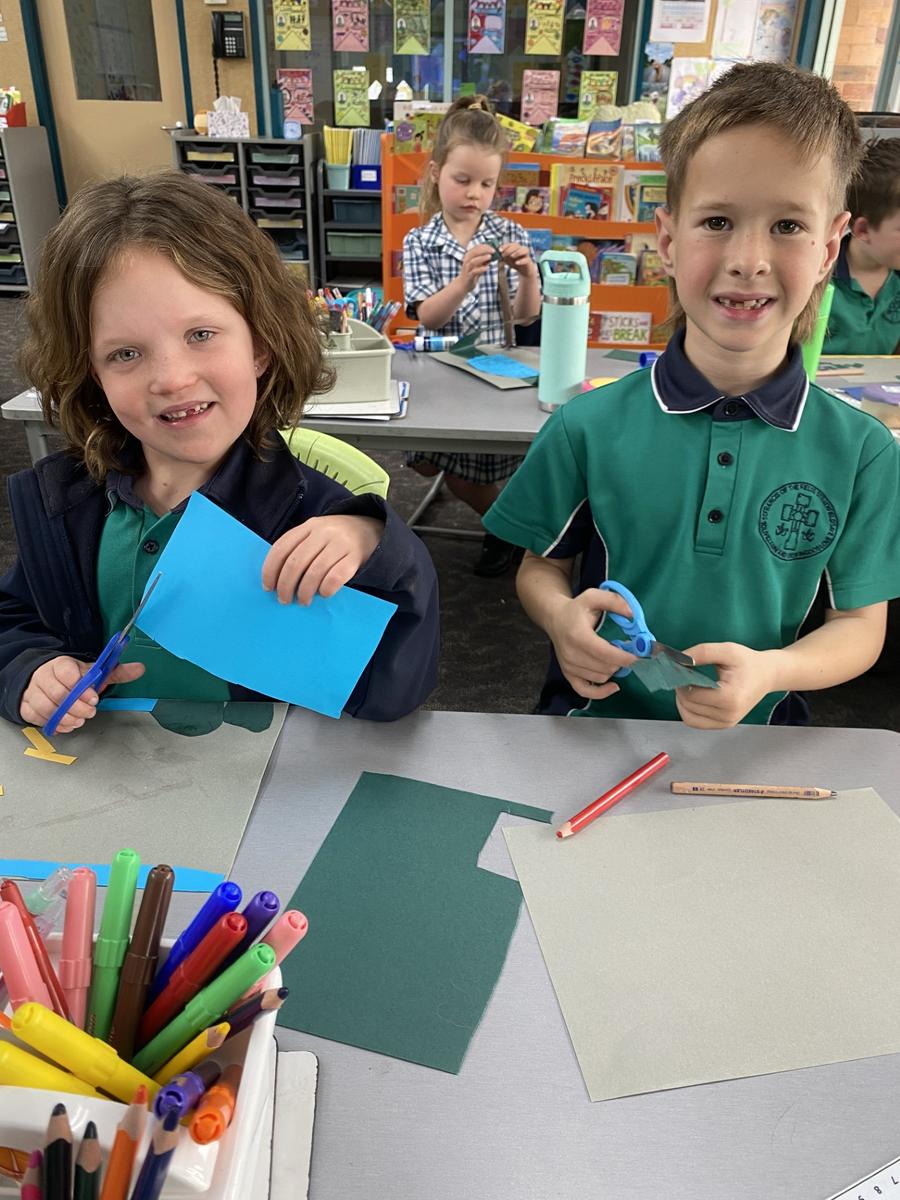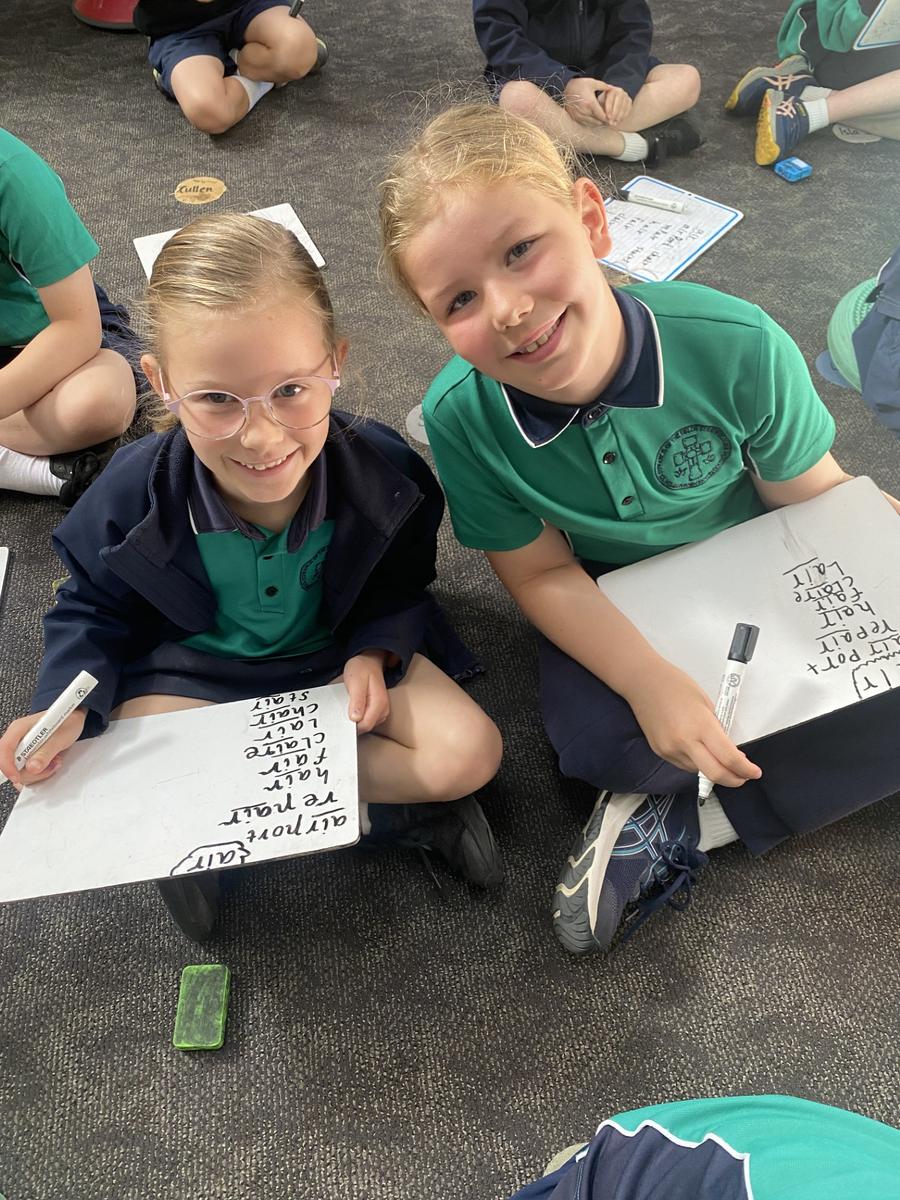Learning & Teaching

Learning and Teaching Updates – Did you know?
The learning that our students are currently engaged in is underpinned by several key understandings of learning, all of which are supported by cognitive science. These principles form the foundation of the CESL Instructional Model and guide how we design, implement, and reflect on teaching and learning.
Key Understandings of Learning
We learn what we think about – Learning is driven by focused thinking; attention must be directed at the right content for learning to occur.
We can’t think about something we don’t know – Prior knowledge is essential for meaningful thought; without it, cognitive engagement is limited.
We learn better when new knowledge is connected to what we already know – Learning is more effective when it builds on what students already know.
We all learn the same – While individuals have different experiences and preferences, the underlying cognitive mechanisms of learning (e.g., memory, attention) are universal.
Attention is the gateway to working memory; working memory is the gateway to long-term memory – Without attention, information doesn’t enter working memory; without effective use of working memory, learning doesn’t reach long-term memory.
Higher order skills, like critical and creative thinking and problem-solving, are built on a foundation of knowledge, therefore, the more we know the more deeply we can think – Critical and creative thinking require a strong base of knowledge; deeper thinking is only possible when there is enough content to think deeply about.
Learning transfer – using what we already know in novel situations, is difficult, but students can be supported to do this more readily – Applying knowledge in new or unfamiliar contexts is difficult, but can be improved with deliberate teaching strategies.
Novice learners and experts require very different learning supports – Novice learners benefit from more guidance and structure, while experts can handle more complexity and autonomy.
Forgetting is natural part of learning but can be limited with the use of some key strategies – eg. Active retrieval and spaced practice + spaced retrieval – Techniques like spaced practice and active retrieval help make learning more durable over time.
Take a look at our Year 1 & 2 students in action! They’ve been busy learning, collaborating, and enjoying being part of our wonderful Year 1 and 2 community.
Grace Scalora
Deputy Principal – Learning and Teaching Leader.
